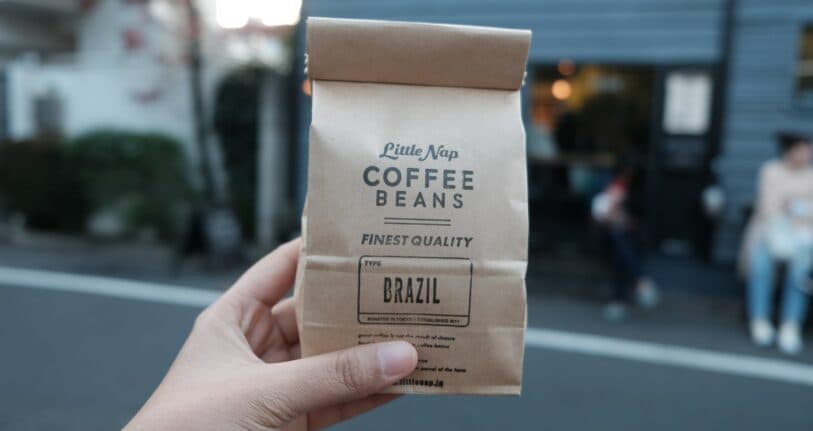4 Tips for Trade Marking Your Product Name

To compete in today’s market, you must take the necessary steps to protect your business’ intellectual property – this includes protecting the name of your products. Unfortunately, as you grow your business, competitors will become more likely to steal or copy your product name. This can put your reputation and, therefore, the value of your business at risk. The best way to prevent someone from copying your product name is to obtain a trade mark. To help you better understand trade marks, this article will take you through four tips for trade marking your product name.
1. Come Up With a Unique Name
The first thing you need to do is come up with a unique product name. To do this, you will need to make sure that your product name meets the requirements of a trade mark, including being completely unique. Some things to avoid in your product name are words that:
- describe your product;
- attest to the quality of your product;
- geographical locations; and
- rude or slanderous words.
Trade marks that are completely random or made up are considered the most distinctive and are therefore the most successful in the trade mark registration process.
2. Classify Your Trade Mark
Classifying your trade mark is an important step in protecting your product name. A trade mark classification refers to the class, or categories, of your goods and services. There are 45 trade mark classes that your product can fall under. The classification you choose for your trade mark is important because your product will be protected under the class you register it under. To browse the trade mark class options, you can search the Nice classification system here.
3. Perform a Trade Mark Search
Conducting a trade mark search is an essential part of trade marking your product name. A trade mark search is how you ensure that your product name is not already in use by someone else, and therefore unavailable for registration. To check that your trade mark is available for use, you can search IP Australia’s trade mark search tool ATMOSS. This tool allows you to search their database for identical or similar trade marks to your proposed trade mark. The best part about this search tool is that it is both free to use and comprehensive.
4. Apply for a Trade Mark
Finally, make sure you apply to register your trade mark. While this tip might seem obvious, you do not have to register your trade mark. However, a registered trade mark has a number of benefits that an unregistered trade mark does not have, including guaranteeing your trade mark rights and increasing the value of your brand.
To apply for trade mark registration, you will need to provide your details and details about your trade mark to IP Australia. You will also need to pay the application fee. If your trade mark meets all of IP Australia’s registration requirements and no third party opposes it, IP Australia will place your trade mark on the trade mark register.
Key Takeaways
To ensure your product stands out while remaining protected, you must take the necessary steps to protect its name. Some tips for trade marking your product name include to:
- ensure your product name is unique;
- classify our trade mark properly;
- perform a thorough trade mark search; and
- obtain a trade mark for your product name.
If you need help obtaining a trade mark for your product name or have general questions about your intellectual property, our experienced trade mark lawyers can help. Get in touch with them on 1300 657 423 or by filling out the form on this page.
Frequently Asked Questions
There are a number of steps that you will need to take to trade mark your product name. You should first come up with a unique name that is not identical to or similar to an existing name. Next, you will need to check your product name is available by conducting a trade mark search. Then, you will need to apply to register your product name as a trade mark through IP Australia.
When applying for trade mark registration, you will be required to select one or more classes of goods or services that you will use your trade mark under. Therefore, you must choose the most relevant trade mark classes because your trade mark is only protected under these selected classes.

